This celebration takes place in June on the longest day and the shortest night of the year. Latvians hold this festival known as Līgo svētki or Jāņi. This is regarded as one of the most anticipated ancient ceremonies where the Latvians stroll through the cities to the countryside. Celebrating in the open air is the main aim. This is a Latvian public holiday on June 24 in keeping with the summer solstice. The previous day, Midsummer Eve (Līgo ), is also a holiday.
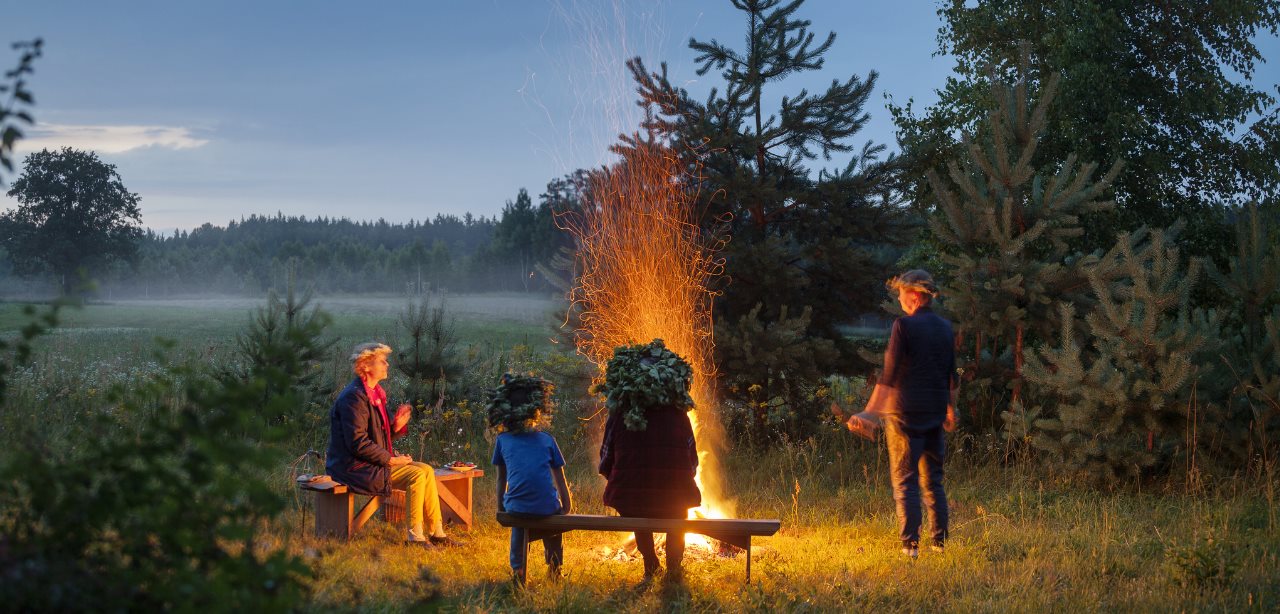
The natives participate in festivities just like their ancestors did, refreshing the past memories. Līgo and Jāņi are celebrated in nature. People make garlands of oak leaves or wildflowers, visit the sauna and consume large amounts of homemade caraway cheese. All of this is accompanied by the sing-along – the enchanting Jāņi folk songs with the “Līgo!” refrain. This merriment also means that ancient traditions are kept alive. Jāņi was originally a pagan festival even before the arrival of Christianity. Its observance and practice is observed and well preserved to this day.
Traditions of the Jāņi festival
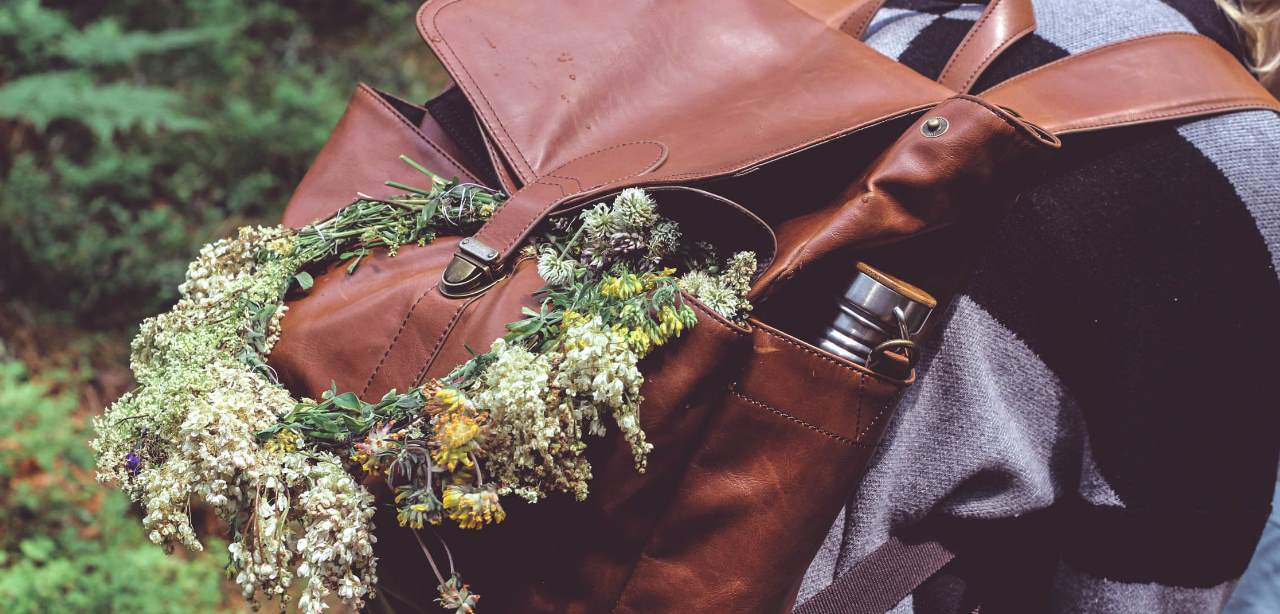
Latvians often say “līst kā pa Jāņiem” (it’s raining as if it were Jāņi) since the weather on Jāņi night is usually very unpredictable. However, this never poses a hurdle in the celebrations and Latvians do so in their rural homesteads regardless of the weather. They eat, drink and enjoy each other’s company in the open-air. You get to roam in the countryside exploring luscious fields. The wild flowers that are picked during this time are thought to bring about healing qualities. Homes are decorated with birch, oak and rowan branches, ferns, oxeye daisies and bents.
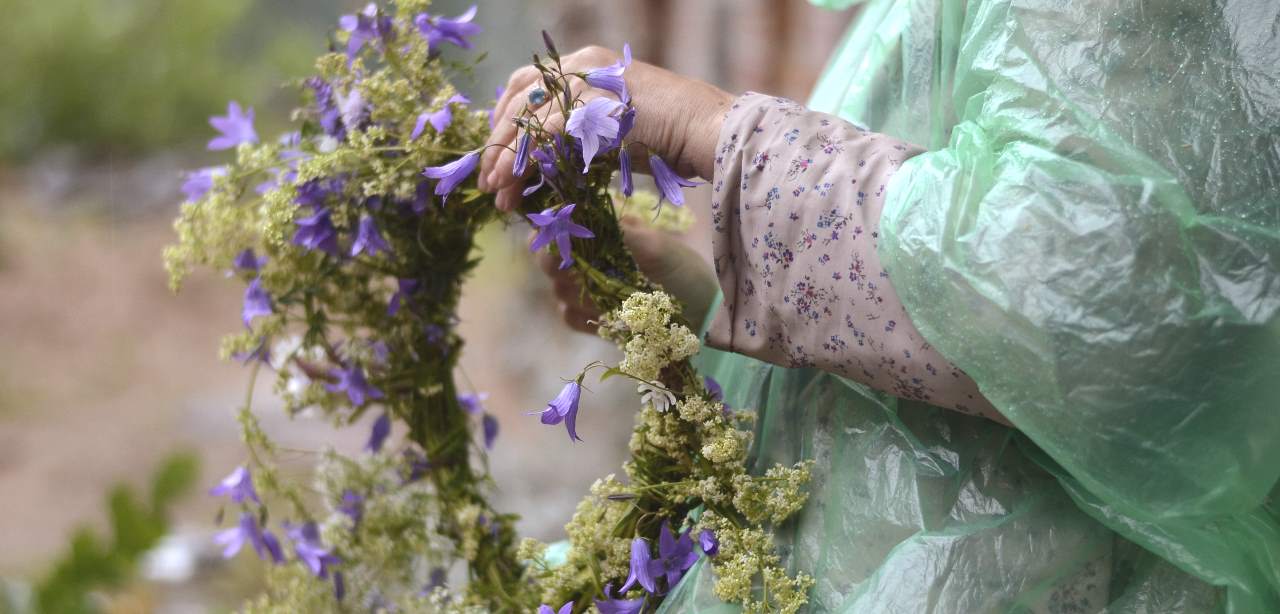
Nettles and thistles can be attached to the door-frame to ward off evil spirits out. Women weave wildflower wreaths to decorate themselves. The two essentials for food items at Jāņi are beer and cheese. Along with these you can provide your friends with farlands, oak-leaves and wild flower crowns. Fire is also an essential part of celebrations. It is either lit in tall towers or in bonfires. It must be kept burning until sunrise. The highlight of the Līgo evening is leaping over the bonfire. This indicates helping people alleviate their burdens. Couples mostly leap together hand in hand so that the power of flames blinds them together.
Jāņi night:
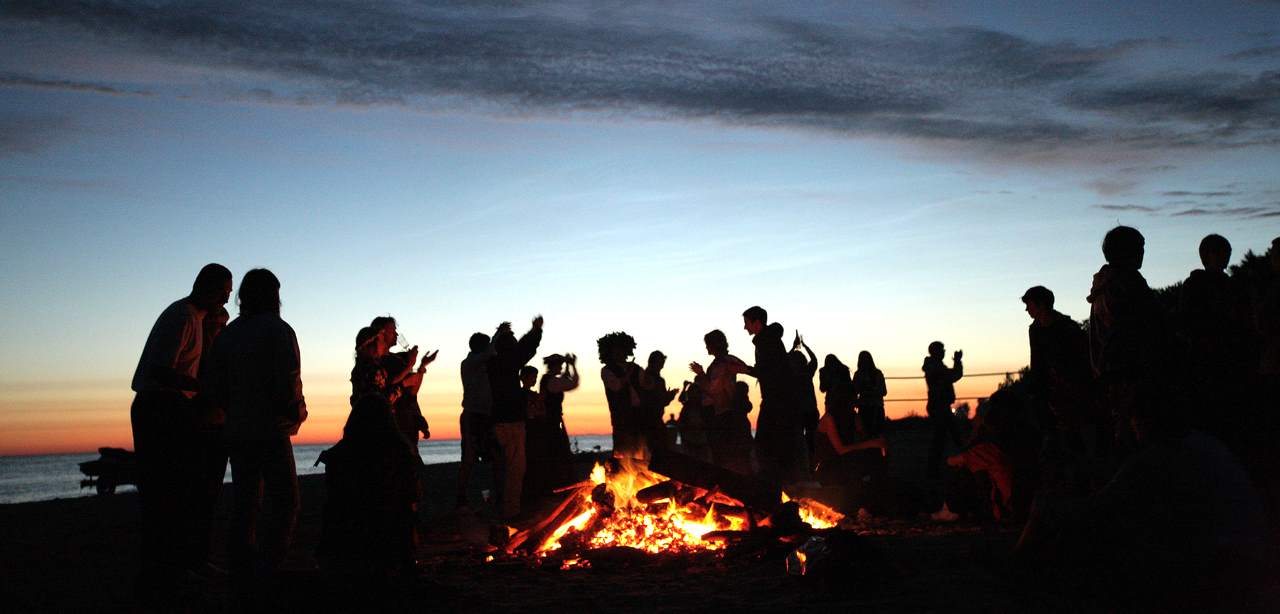
Jāņi night is considered as the only one when you can witness the mythical and mysterious fern flower. No one has ever found it but couples do try to pop in the woods in search of it. One must not sleep on the Jāņi night, it is only allowed after sunrise. Walking in the morning dew at dawn is thought to bring you money. While washing your face in the dew is guaranteed to increase beauty.
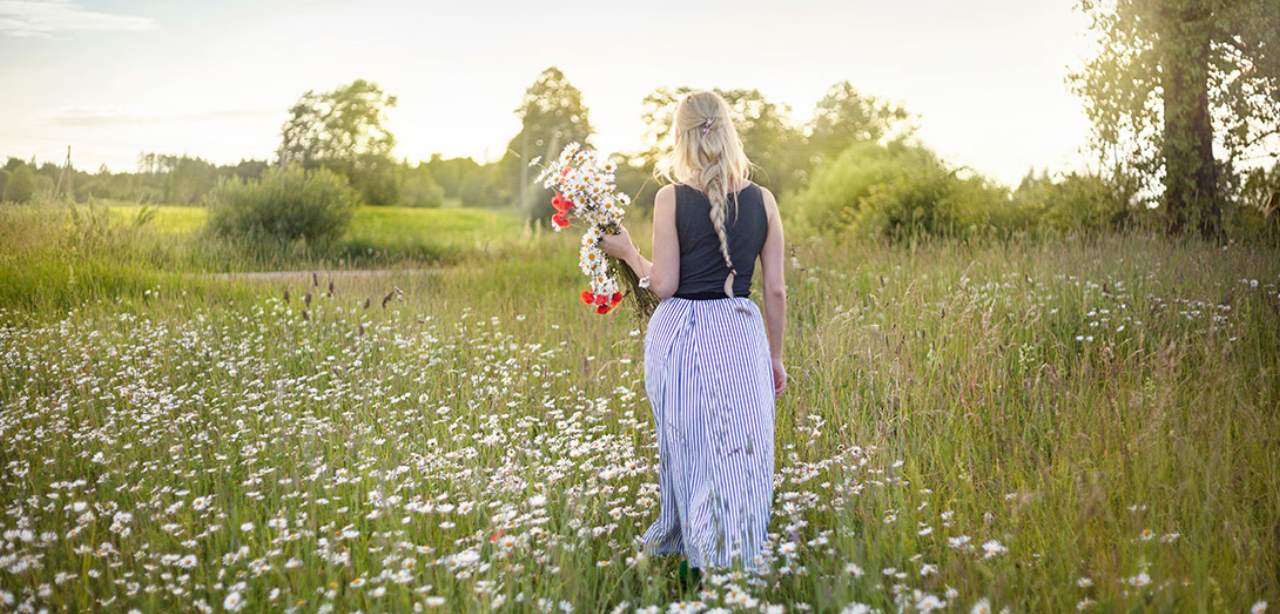
There are a great many traditions associated with Jāņi. Women and men wear garlands. Women’s handmade wreaths are made typically from grass and flowers. While men’s garlands are made from oak leaves. Recently, Jāņi (summer solstice) is being celebrated with the local Estonian and Lithuanian communities as well. The Baltic countries share a tight friendship, and Jāņi honors that aspect. Jaanipäev, or Joninės, depending on whether you are Latvian, Estonian, or Lithuanian. Many of the traditions observed for Jāņi between the three cultures are similar, although that is not always the case. For example, of the three, only Estonians have the tradition of swinging during Jaanipäev. Latvians and Lithuanians swing during their Easter celebrations.
Historical Significance
Jāņi is in harmony with the summer solstice and is the shortest night of the year. At the summer solstice, the northern hemisphere is tilted at its maximum angle towards the sun resulting in the maximum amount of hours of daylight. In astronomical terms, the longest day of the year takes place on either 20th June or 21st June.The midsummer day has been celebrated by many cultures in the past.And In the agricultural calendar this was the day when the sowing of crops is celebrated and to enjoy the short break before the harvest.
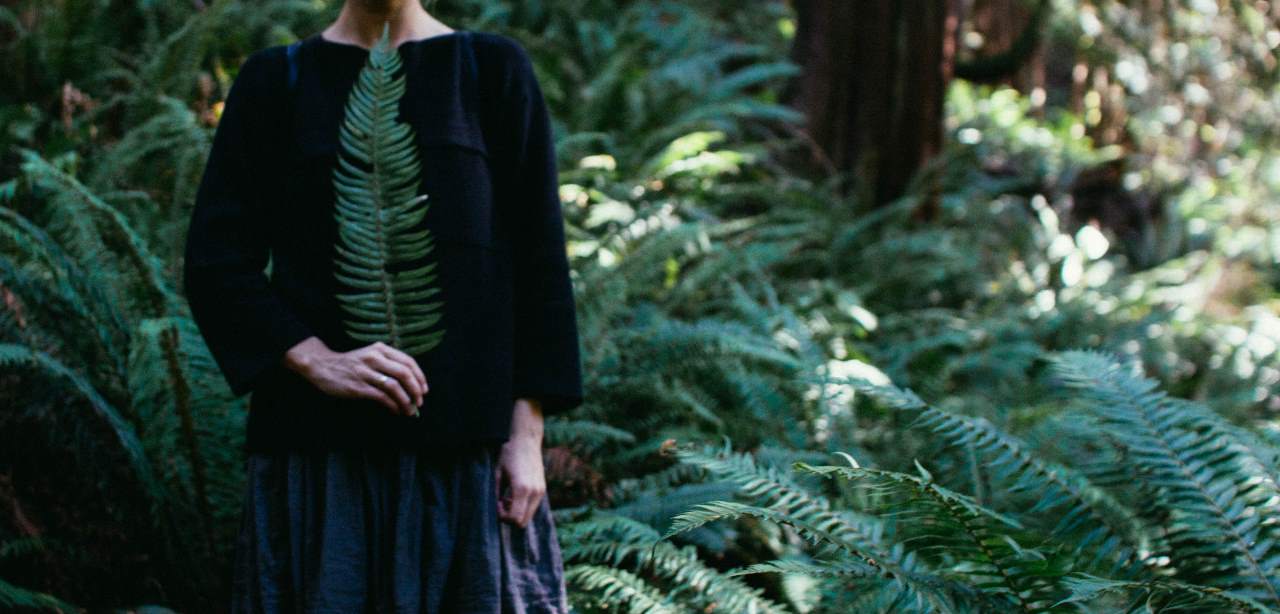
In Northern Europe, its effects are more pronounced with very long days. This is contrasted six months later when the winter solstice results in very long nights in that part of the world. After Latvia was christened Jāņi was moved to St. John’s day. During the Soviet Union’s rule ethnic holidays like Jāņi were considered nationalististic and so the were banned. This is because the focus must be on the Soviet Union as a collective. Since Latvia’s independence in 1990 the holiday has been restored and at least a two-day break for Ligo and St. John’s day has been set. This is a popular holiday for Latvians to take some time off and enjoy the weather at this time of the year. John the Baptist Day celebration during the summer solstice was known throughout the Christian world.
Riga’s fishermen:
It is known that this was the time of Riga’s fishermen, mast selectors and ferries. They drove to Pārdaugava or some islands in the Daugava each year after the solstice. Here, together with families and guests they burned ruddy, rejoicing until the morning dawn. These two days of Jāņi for the city dwellers, are annual real fun days. On the first day’s eve a large flower market opens at the edge of the Daugava. Then farmers, living in the vicinity, bring flowers, wreaths and various herbs, and gardeners bring back their expensive and crafty goods.
The townsfolk bring either wreaths for children’s joy. They bring flowers for whichever loved one as a gift, or foals, or mint and other such herbs, that help against various diseases. Others come, wanting to see a large crowd, play gambling, and walk until it becomes dark. After the establishment of Latvian Republic, the celebration of Zāļu diena turned into a popular holiday. It was proposed that 22, 23 and 24 June should be recognized as national holidays. On 22 June celebrating Heroes Day (remembering the victory in Battle of Cēsis), Zāļu diena on 23 June and Jāņi Day on 24 June.